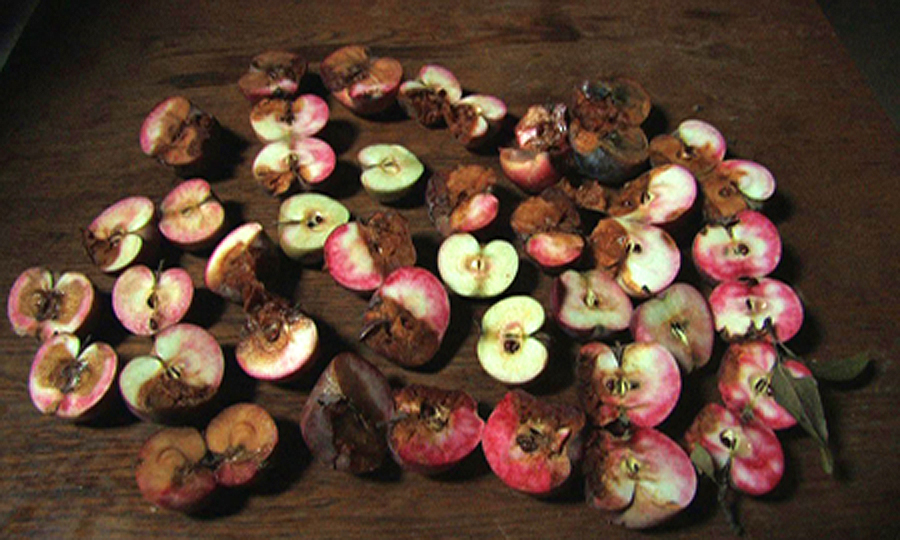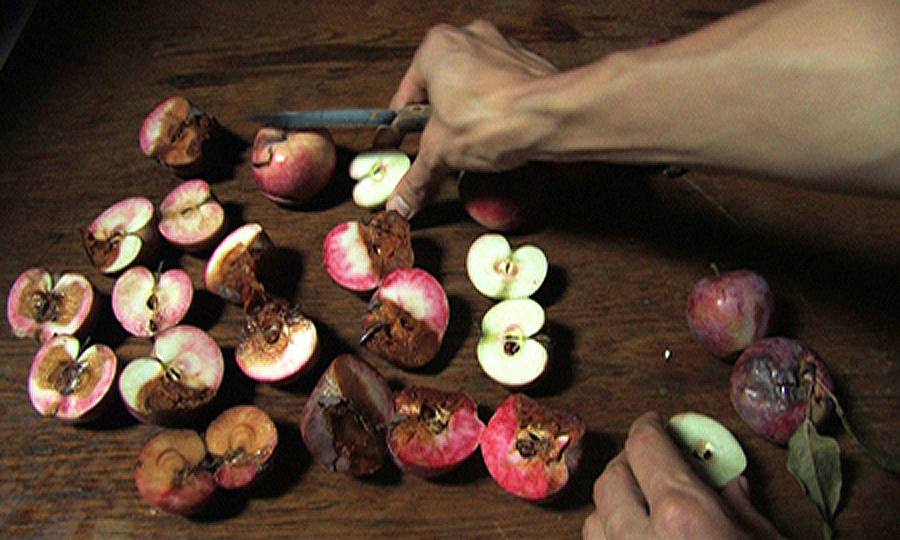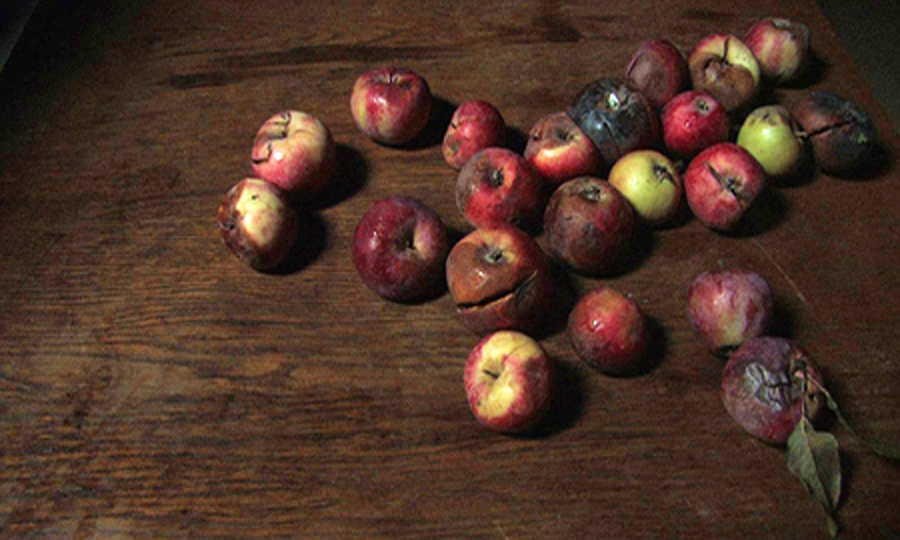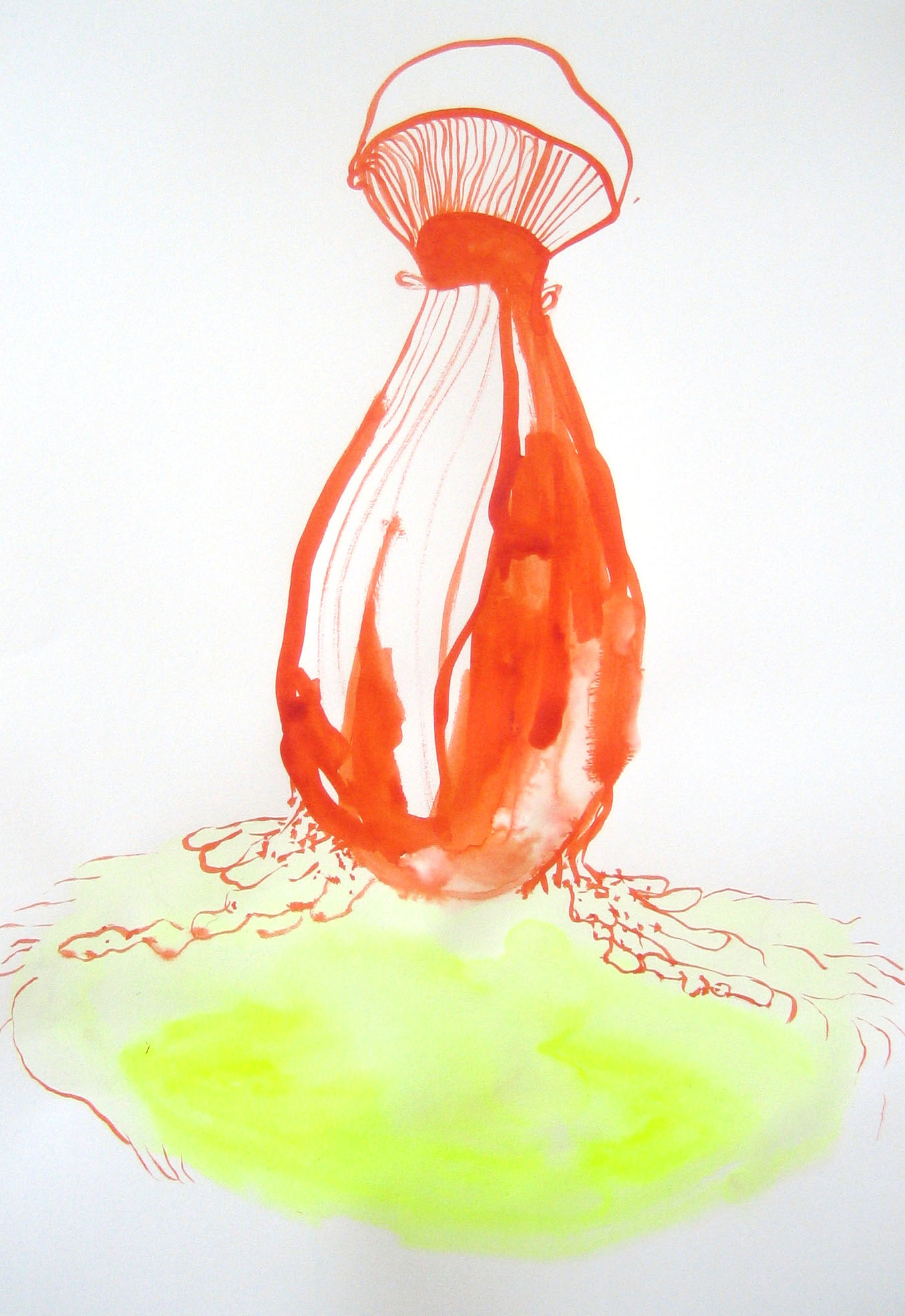One apple and one apple makes two apples.
One apple and a half eaten one make 1.5 apples.
With only the help of a point (or a comma), mathematics has been able to accommodate half eaten apples and, after all, 1.5 is just as good a number as 1 or 2, is it not?
Mathematics at times feels like the world beyond a conjurer’s hat, from which the right abstraction will always pop up to match any problem we meet in reality.
So, for any occurrence we might face, we feel like asking: how do you say it in mathematics?
The conjurer will tell us, and everything will become clearer.
The man with the top hat may look mysterious, and look down to us as though he knew great secrets, but we know that he is only a conjurer, and not a real magician.
He is not making up the world behind the top hat: anyone with enough patience and skill could always understand how to reach into it. But why bother?
Still: what if there were no top hat and no conjurer, but only apples and people eating them?
Looking again at that 1.5, is it really as good a number as 1 or 2?
What if that point (or comma) were not the visible side of an abstraction, but just
some dirty trace left on mathematics by someone eating apples?
Indeed, what if the whole of mathematics were nothing but a heap of… well, maybe not just apple cores, but of very different traces left by people drawing, building and making business,
as well by flying arrows, light, electric currents or heat an cold?
Then, perhaps, the image of mathematics would not be a conjurer, but Dürer’s ‘Melancholia’
(more…)






